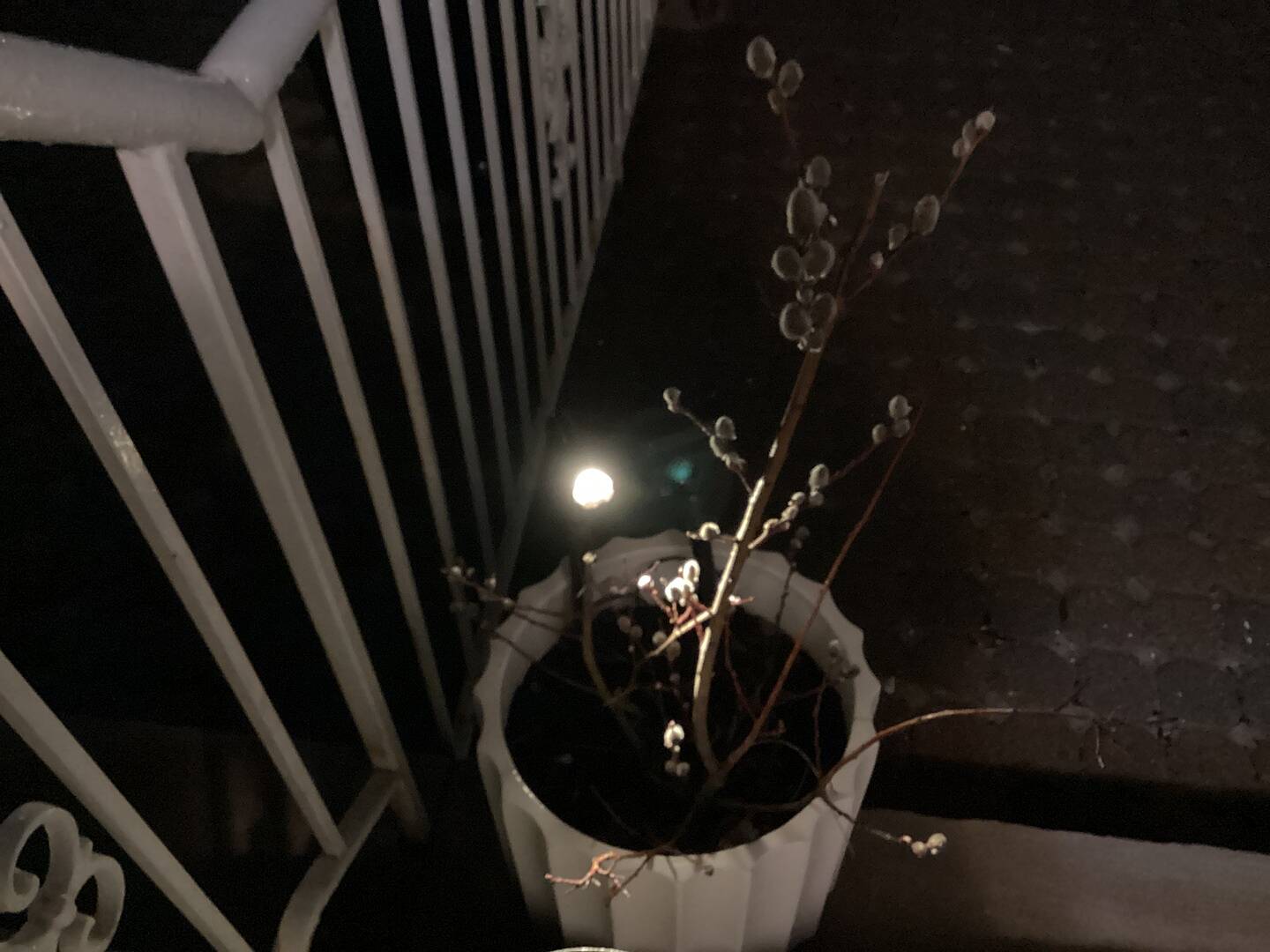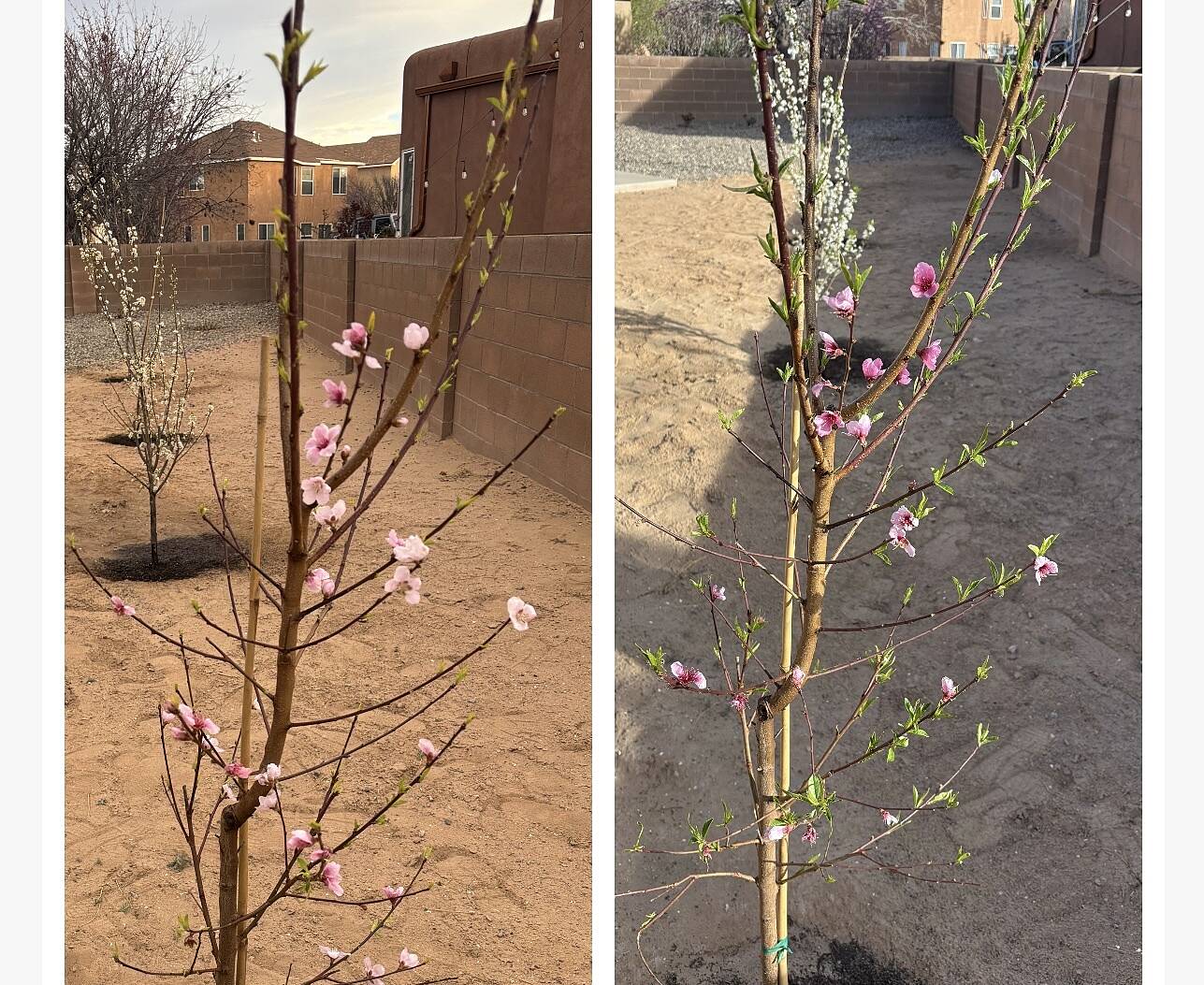Fall Lawn Care: Tips for Mowing, Aerating, Seeding and More

Last updated: Oct 05 2021

With the arrival of fall, you may be thinking it’s time to stop planting, or even maintaining, your yard until next spring. But that's not the case! Fall is the best time to plant - and grass seed in particular appreciates and thrives on autumnal growing.
In fact, fall is the ideal season to plant grass. Why? Well, more than any other season, autumn promises soil that’s still warm from summer, along with cooler air and less intense sun. This combination ensures the grass’ roots will develop sufficiently before winter.
The same is true for grass maintenance. Your lawn will thank you if you give it a little tender, loving, care during favorable fall conditions. Read on for tips to ensure a vibrant yard for seasons to come!
How to Care for Your Lawn in Fall

Mowing
As the temperatures drop, you may think you can stop mowing your lawn. That’s partially true - but not until the first frost. You’ll want to keep mowing as part of your fall lawn care schedule, and for good reason - it’ll keep your grass healthier in the long run.
As long as temperatures stay above freezing, continue mowing your grass to heights of 2.5-3 inches. If you let your grass grow too long before winter, it’ll be more prone to matting and developing fungus during and after the winter season.
Aerating
Aerating should also be part of your routine lawn care every few years, typically in fall. Why? If the soil in your yard becomes too tightly packed, it will develop a layer of roots and stems that can prevent water, nutrients, and even oxygen from reaching the soil. In turn, the soil won’t be able to effectively support the lawn.
So, how do you go about aerating your lawn? The best method is using a core aerator to drive down through thatched grass into the soil. This tool will pull up plugs of soil that will allow for closer proximity to the grass’ roots. Be sure to aerate before fertilizing, as this ensures the fertilizer will most efficiently feed the roots.

Seeding
Next up? Seeding. If you have bare patches or thin coverage in some or all of your yard, fall is a great time to make your lawn denser with more seeding.
When adding grass seed, there are a few considerations to keep in mind. You might have heard of the term “broadcasting," which essentially means throwing the seeds into the lawn. This is often ineffective, as seeds need to germinate and maintain moisture in order to do their job.
Instead of throwing seeds about, consider purchasing or renting a power seeder, which is a tool that injects seeds directly into the soil. It’s a much more effective method for seed distribution.
And don’t forget to pick the right grass seed for your lawn! You’ll want to choose one that’s suited for the temperature and amount of sunlight in your area, as well as the foot traffic in your yard. Before deciding on a seed, explore the types available at FastGrowingTrees.com.
Be sure to also check out our Grass Seed Planting Guide!
Watering

Some people stop watering their lawns in fall because the cooler temperatures are not as scorching as in the summer months, and they think it's unnecessary. But one of our key fall lawn care tips is to keep the grass’ roots moist enough to withstand winter, even if this season brings with it more dew and rain.
How do you know if your lawn is getting enough water? Keep a rain gauge to determine how hydrating Mother Nature has been to your lawn. If the grass is receiving less than an inch a week, you’ll want to take matters into your own hands.
Watering properly is even more necessary if you’re planting new grass seed. Before you plant, ensure your soil is damp, down 6-8 inches. Then, over the next days and months, water your lawn consistently so it’s moist at least a few inches down from the top.
Fertilizing
Fertilizing your lawn in fall is also a key component to a healthy yard. Add fertilizer after aerating, as this will help the ground to better absorb the nutrients. Ideally, you’ll want to choose a fertilizer with a nitrogen, phosphorus and potassium ratio of 24-0-10.
Fertilizing in fall will allow these nutrients to feed the grass throughout the winter in preparation for spring. They’ll help keep the grass’ roots from freezing and support root growth, cold tolerance, drought resistance and disease protection throughout the colder months so that you’ll have flourishing fields by spring.
Raking
Last, but not least? Raking. After you've put in all that lawn care, you don’t want to ruin your yard by neglecting the blanket of fallen leaves atop your grass. If you don’t rake leaves away from your lawn, this layer will prohibit moisture and light from reaching the grass, which could kill it. So, be sure to keep up with your raking, especially if snowfall is in the forecast since that'll bury the leaves.
Fall Matters to Your Lawn

Many gardeners think of fall as a time when plants are going dormant. While this is true for some greenery, autumn is actually the best season to plant and care for your grass. Committing to a fall lawn care routine will ensure your grass grows back stronger than ever and for years to come. You'll reap that lush, green grass you've been looking for!
For more fall tips and inspiration, check out these fun resources!

Written by
Sarah Logie
As Content Strategist at FastGrowingTrees.com, Sarah is smitten with words and a fanatic for flowers, particularly cut florals and house plants. With a love for curating compelling content, she also enjoys furthering her plant knowledge along the way! A few of her favorite flowers include hibiscus, hydrangeas, peonies and dahlias.
Sarah’s fondness for plants was cultivated through many childhood trips to Longwood Gardens in southeastern Pennsylvania, as well as through her first job out of college at a floral event design company. In her free time, catch her snapping photos of anything and everything, day-dreaming about interior decor, and enjoying the outdoors any chance she gets.
Featured Product

TurboTurf™ Tall Fescue Grass Seed
8 reviewsStarting at $44.95






















































































































































































































































